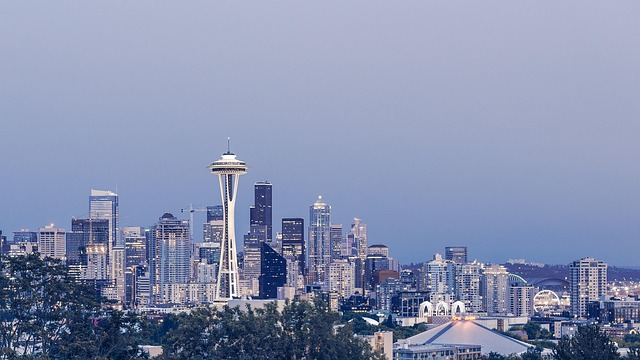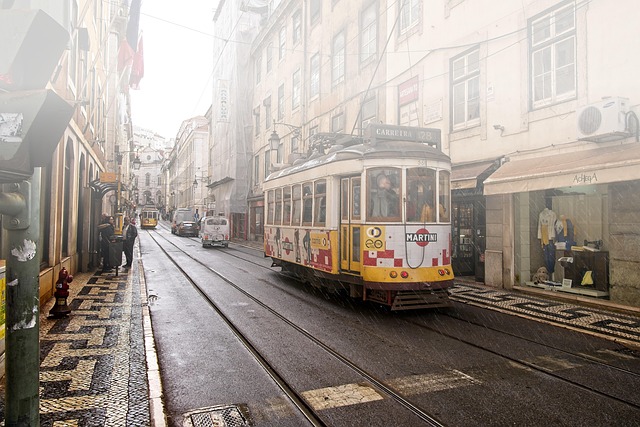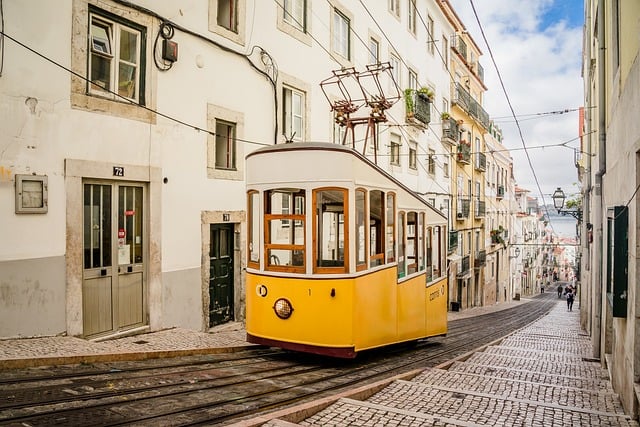Karachi, once a small fishing village, emerged as a bustling metropolis under the Falaknaz Dynasty's rule. They transformed the city into an economic and cultural powerhouse through innovative infrastructure projects, fostering growth in trade, industry, and art. The dynasty's social structure and progressive ideals left an indelible mark on Karachi's diverse population, architecture, and rich tapestry of artistic expression, solidifying its status as a vibrant cultural center in Pakistan.
In the heart of South Asia, the Falaknaz Dynasty left an indelible mark on what is now known as Karachi. This dynamic society ruled with a unique blend of power and cultural finesse, transforming the city into a bustling metropolis. From its social structure to economic policies, every aspect was meticulously designed, fostering a vibrant tapestry that still resonates today. Discover how the Falaknaz Dynasty shaped Karachi’s identity and left a historical legacy that continues to influence the city’s journey in this comprehensive exploration.
- Karachi: The Heart of Falaknaz Dynasty's Power
- Social Structure: Rules and Roles Defined
- Cultural Impact: Shaping the City's Identity
- Economic Policies: Flourishing Under Dynasty Rule
- Historical Legacy: Karachi's Transformative Journey
Karachi: The Heart of Falaknaz Dynasty's Power

Karachi, known as the vibrant and bustling metropolis, serves as the pulsating heart of the Falaknaz Dynasty’s power and influence. As the economic and cultural hub, it is where the dynasty’s vision for progress and development takes center stage. The city’s dynamic landscape mirrors the dynamic nature of the Falaknaz rule, with each district echoing a unique facet of their societal norms and achievements.
The heartland of Karachi is a testament to the dynasty’s commitment to urban renewal, showcasing innovative infrastructure projects that enhance the quality of life for its diverse population. From state-of-the-art transportation networks connecting various parts of the city to breathtaking architectural marvels, Karachi stands as a symbol of Falaknaz Dynasty’s unwavering dedication to shaping a modern, inclusive, and prosperous society.
Social Structure: Rules and Roles Defined

The social structure of the Falaknaz Dynasty in Karachi was meticulously designed, reflecting a clear hierarchy and defined roles for its citizens. At the apex were the rulers, the Dinasty’s elite, who governed with a firm yet fair hand. Below them, a structured system of classes existed, ensuring order and stability within the metropolis. The upper echelons comprised merchants, craftsmen, and skilled tradespeople, contributing their expertise to Karachi’s economic prosperity.
Each layer of society had its responsibilities and privileges. Common citizens, while not holding political power, enjoyed relative peace and security under the Dynasty’s rule. This structured approach fostered a sense of community, where everyone played a vital role in the city’s growth, from the bustling markets where merchants traded goods to the skilled artisans crafting beautiful works of art that reflected Karachi’s rich cultural tapestry.
Cultural Impact: Shaping the City's Identity

The Falaknaz Dynasty left an indelible mark on Karachi’s cultural landscape, shaping its identity as a vibrant and diverse metropolis. Their rule witnessed a flourishing of arts and literature, with local artists and writers finding inspiration in the dynasty’s progressive ideals. The city became a tapestry of creative expression, reflecting the dynamic energy of its people.
Karachi’s architectural heritage also reflects this period, with grand public spaces and impressive buildings constructed under the dynasty’s patronage. These structures not only served as functional spaces but also as symbols of power and cultural pride. The impact of the Falaknaz Dynasty extended beyond politics; it fostered a sense of community and shaped Karachi’s unique character, leaving an enduring legacy that continues to resonate in the city’s bustling streets today.
Economic Policies: Flourishing Under Dynasty Rule

Under the Falaknaz Dynasty, Karachi witnessed a profound economic transformation that propelled it into a thriving commercial hub. The dynasty’s policies focused on fostering a robust and diverse economy, attracting trade from across the region. They established favorable conditions for businesses, implementing tax reforms and simplifying customs procedures, which encouraged investment and spurred local entrepreneurship. This period saw an influx of merchants and artisans who contributed to the city’s rich cultural tapestry.
The Falaknaz rulers also prioritized infrastructure development, constructing modern markets, ports, and transportation networks. These enhancements facilitated trade and connected Karachi with key regional and international trading routes. The dynasty’s commitment to economic growth created a sustainable environment for businesses, leading to the emergence of various industries and a significant boost in the city’s wealth and prosperity.
Historical Legacy: Karachi's Transformative Journey

Karachi, a city that has been at the heart of Pakistan’s historical narrative, boasts an intriguing legacy that reflects the societal rules and transformations of the Falaknaz Dynasty. This dynamic metropolis has witnessed a metamorphosis over centuries, leaving an indelible mark on the country’s cultural tapestry. From its humble beginnings as a small fishing village to becoming the bustling commercial hub it is today, Karachi’s journey is a testament to resilience and innovation.
The Falaknaz Dynasty played a pivotal role in shaping the city’s destiny, introducing rules and regulations that facilitated growth and development. Their governance left a lasting impact on Karachi’s infrastructure, fostering an environment conducive to trade and commerce. As a result, the city became a vibrant center of economic activity, attracting folks from diverse backgrounds, and revolutionizing the social fabric of what was once a modest coastal settlement.
The Falaknaz Dynasty’s reign over Karachi left an indelible mark on the city, transforming it into a vibrant metropolis. Through its comprehensive social structure, cultural initiatives, and economic policies, the dynasty fostered a unique identity for Karachi. The legacy of this era continues to shape the city’s landscape, reflecting a period of prosperity and growth that remains a testament to effective rule in the historical narrative of Karachi.



